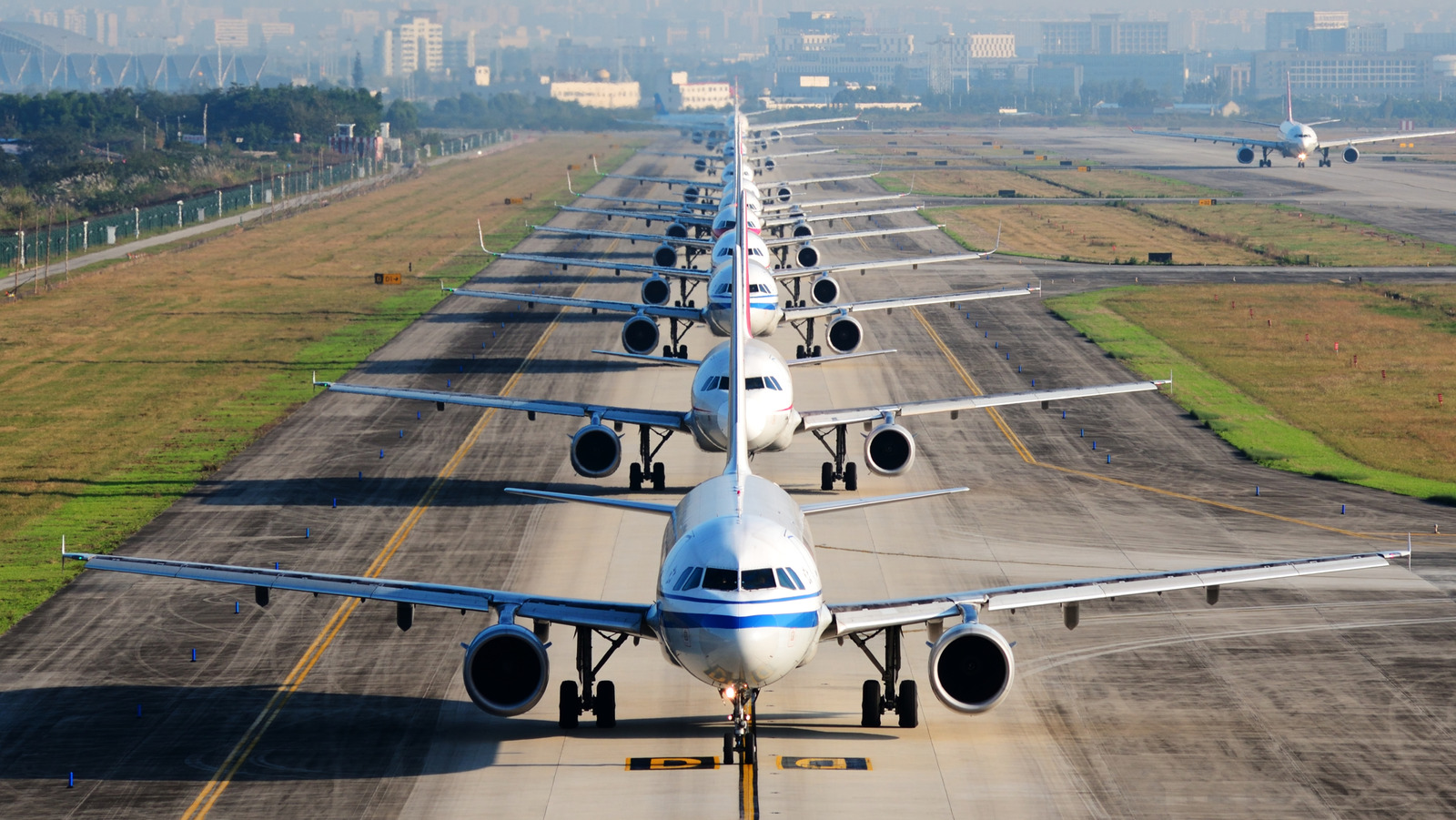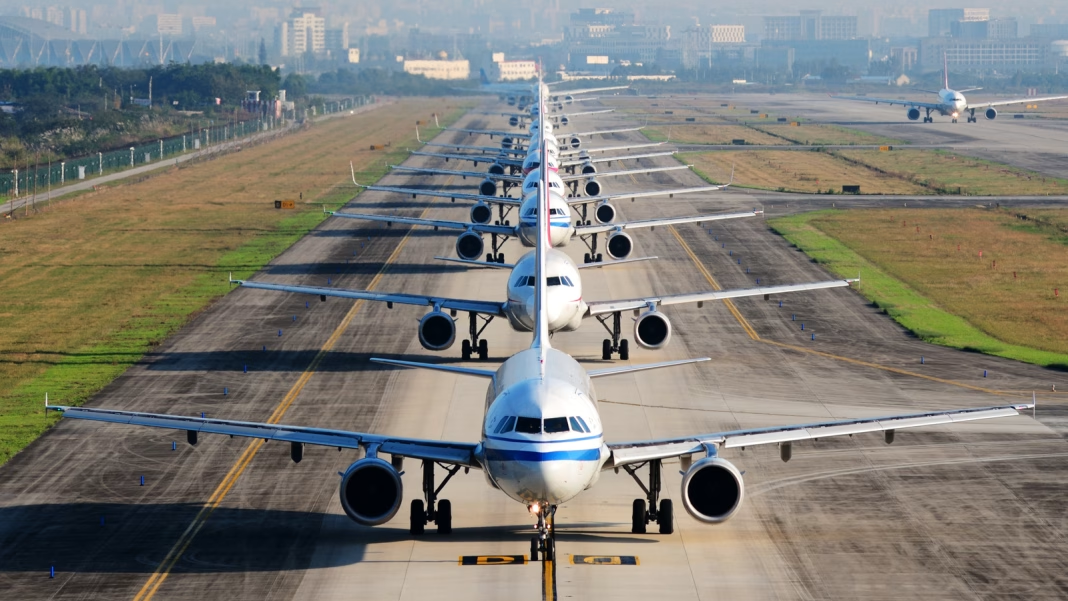Why Is Air Traffic Set to Soar in the Next Two Decades?
If you’ve ever wondered why airports seem busier every year, you’re not alone. Boeing, one of the world’s leading aircraft manufacturers, predicts that air travel isn’t just holding steady—it’s about to skyrocket. The company’s latest outlook suggests that by 2044, there could be as many as 50,000 planes crisscrossing our skies. That’s a staggering leap from today’s fleet, and it raises a big question: what’s fueling this massive growth?
How Are Emerging Markets Changing the Aviation Game?
Let’s start with a simple truth: the world is getting more connected, and much of that growth is happening outside traditional aviation powerhouses. Countries in Asia, Africa, and Latin America are investing heavily in airports, runways, and air traffic control systems. These aren’t just vanity projects—they’re laying the groundwork for millions of new travelers to take to the skies.
Take India, for example. According to the International Air Transport Association (IATA), India is on track to become the world’s third-largest aviation market by 2026. Airports are expanding, new routes are opening, and low-cost carriers are making air travel accessible to a broader swath of the population. Similar stories are unfolding in Vietnam, Indonesia, and Nigeria, where rising incomes and urbanization are turning air travel from a luxury into a necessity.
What Role Does the Expanding Global Middle Class Play?
Here’s where things get interesting. The global middle class is booming—especially in Asia. The Brookings Institution estimates that by 2030, two-thirds of the world’s middle class will live in Asia. More disposable income means more people booking flights for business, leisure, and family visits.
This isn’t just about vacations, either. As people move into higher income brackets, their expectations shift. They want faster, more convenient ways to travel, both domestically and internationally. Airlines are responding with new routes, better service, and more competitive prices. The result? Air travel becomes the default choice, not just for the wealthy, but for millions of everyday families.
Are Airlines and Airports Ready for This Surge?
Growth is exciting, but it comes with challenges. Airports in rapidly developing regions are racing to keep up with demand. In China alone, more than 200 new airports are planned or under construction, according to the Civil Aviation Administration of China. Meanwhile, airlines are placing record orders for new aircraft, betting big on the future.
But it’s not just about building runways and buying planes. There’s a pressing need for skilled pilots, air traffic controllers, and maintenance crews. The aviation industry is investing in training programs and technology to ensure safety and efficiency keep pace with expansion. Boeing’s own projections highlight a need for over 600,000 new pilots globally by 2040. That’s a hiring spree of epic proportions.
How Will This Boom Affect the Environment?
It’s impossible to talk about aviation’s future without addressing its environmental impact. More planes in the sky mean more carbon emissions—unless the industry adapts. The good news? Airlines and manufacturers are making real strides. Sustainable aviation fuel, lighter materials, and more efficient engines are all part of the equation.
Boeing, for instance, is investing heavily in research to reduce the carbon footprint of its next-generation aircraft. Meanwhile, international agreements like CORSIA (Carbon Offsetting and Reduction Scheme for International Aviation) are pushing airlines to offset emissions and invest in greener technologies. It’s not a perfect solution yet, but the momentum is real.
What Does This Mean for Travelers and the Industry?
For travelers, the coming decades promise more choices, better prices, and new destinations. Imagine flying direct from a mid-sized city in Africa to Southeast Asia, or hopping on a budget flight across South America with ease. The democratization of air travel is a win for global connectivity, business, and cultural exchange.
For the industry, the stakes are high. Companies that adapt quickly—by embracing new technologies, investing in sustainability, and training the next generation of aviation professionals—will thrive. Those that don’t may struggle to keep up with the pace of change.
The big takeaway? The future of air travel isn’t about perfection—it’s about smarter adjustments. Start with one change this week, and you’ll likely spot the difference by month’s end. The sky’s not the limit; it’s just the beginning.


